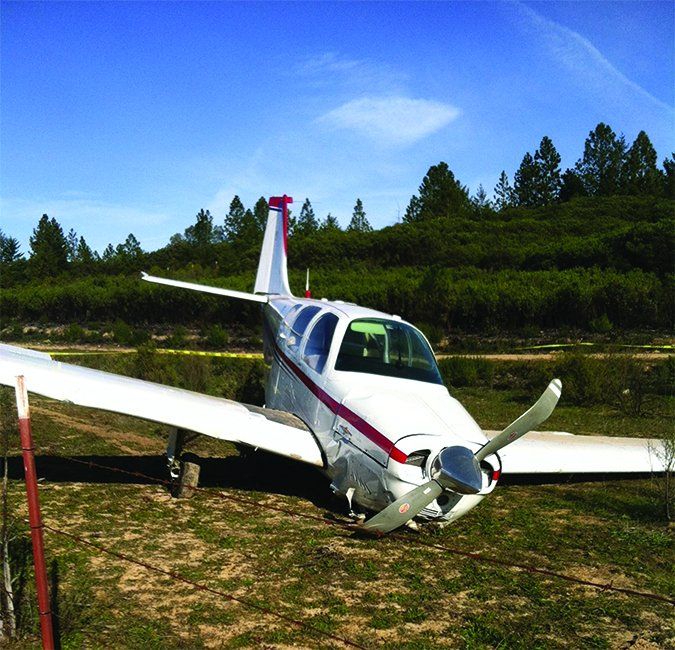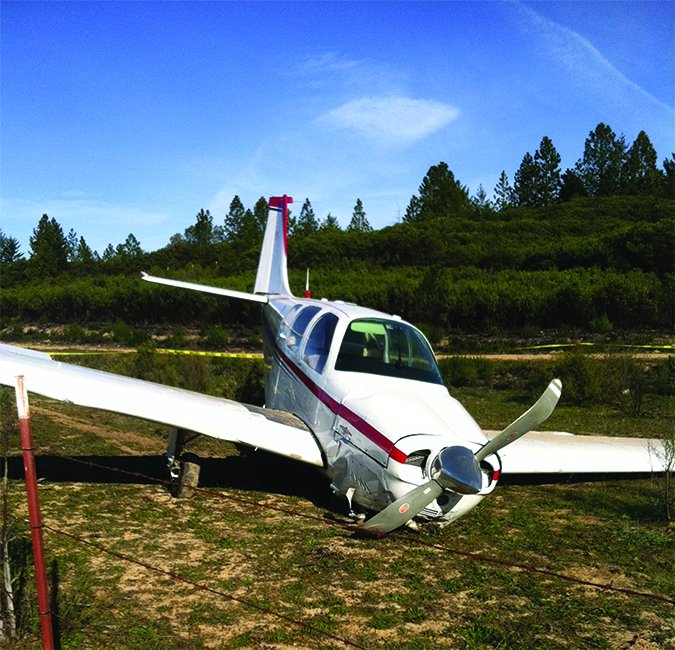
Once a pilot commits to flying personal airplanes, whether for transportation or recreation—or both—studying how accidents and incidents occur should be part of their continuing education. A well-rounded pilot should know that studying accident reports to identify common mishaps and understand their lessons goes hand-in-hand with regular training, additional certificates and exposure to different flight operations when considering ways to manage the inherent risk.
Lately, the general aviation community has focused, quite correctly, on the very preventable loss-of-control in-flight type of accident (LOC-I). Too many people somehow manage to bend an airplane—or worse—each year basically because they forget to fly it. It’s a broad category, and includes a mix of accident causes, from low-level maneuvering, to VFR-into-IMC and to multi-engine training operations. As complex and dynamic as the LOC-I category is, it most assuredly doesn’t include the full range of things pilots do to make the accident reports. For example, a look at the “other” category of pilot-related accidents, as broken down by the AOPA Air Safety Institute (AOPA ASI) in its 25th Nall Report, highlights some other areas where pilots regularly make contributions to the aviation-accident records. Here are five of them, not related to LOC-I.
1. Fuel Management
The AOPA ASI breaks down fuel management accidents into three basic types, in order of prevalence: flight planning, system operation and contamination. In 2013, there were 76 such events, nine of which we fatal. The vast majority of them occurred in daylight VMC, but night IMC accounted for two accidents, both of them fatal. Interestingly, there were no fatalities from contaminated fuel in 2013. It’s interesting because fuel contamination can’t always be discovered during a normal pre-flight inspection while flight planning and system operation clearly result from a pilot’s action or inaction. We’re our own worst enemy. Indeed, there’s no real excuse for the other two accident types, either. Planning a flight commensurate with the fuel available is a simple matter of airmanship. If I plan to fly for 30 minutes, I need at least that much on board, plus required reserves. Aviation fuel usually can be costly, of course, and I wonder if the proliferation of price competition enabled by the internet contributes to this type of accident. Rather than top off wherever we go, we sometimes wait too long or fly a little bit too far in search of cheap fuel. But I’d suggest the failure isn’t improper planning, but rather failure to plan at all.
And there’s no good excuse for not knowing an airplane’s fuel system so we can ensure all of the fuel aboard gets to an engine. Many of the aircraft we’re likely to fly have fuel systems that are dirt-simple to operate: It’s either off, on both tanks, or on one tank. It’s imperative that there be fuel in the tank, but selecting that tank really shouldn’t be that hard. And if there’s a question, or you simply want to verify your understanding, 15 minutes with the airplane’s handbook and supplements should tell us everything we need to know.
One of the tricks with fuel contamination is that we sometimes don’t recognize it for what it is. For example, if there’s a lot of water in a tank, you may not get any fuel in your sample cup during a preflight. If there’s nothing to compare it to, it can look like clean fuel. Water also can get trapped in low spots or behind bladder wrinkles, moving to the engine at the least opportune time. And any dirt or foreign material in the sample means it’s likely there’s more of it the system, and perhaps getting ready to clog a fuel line. Getting a mechanic to check fuel screens and filters can’t hurt.
Carrying enough fuel to get to the next fuel pump is pretty basic airmanship. So is knowing how to get that fuel to an engine, and what to look for in that sample cup, but we somehow keep doing it wrong.
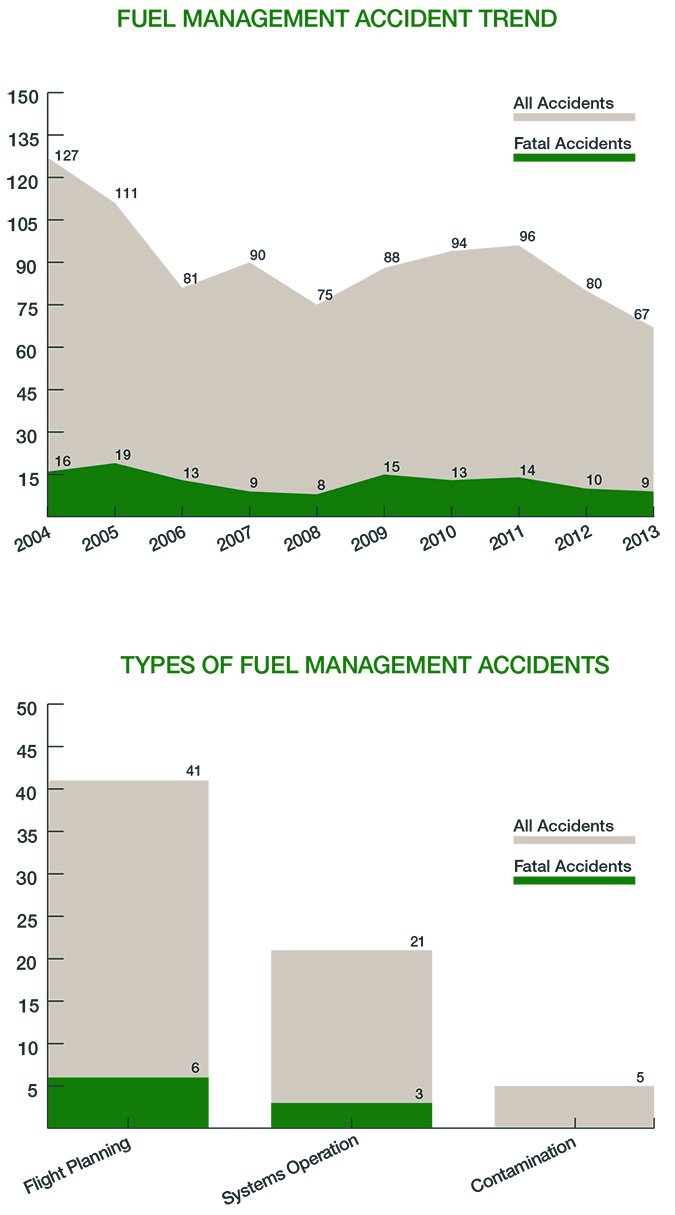
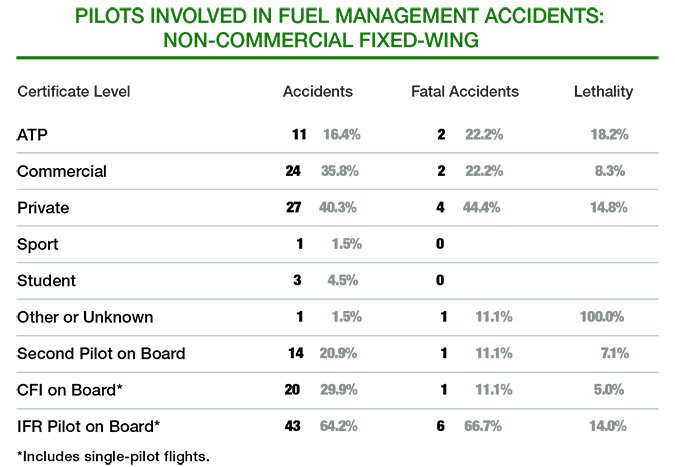
2. Inadequate Preflight
One teaching moment during my flight training was watching a flight instructor hop into a 172 he had parked an hour earlier, start up, release the brakes and try to taxi. He didn’t realize that the lineboy—me—had secured the airplane with tiedown ropes when he wasn’t looking, because there was a thunderstorm crossing the field and it was my job. Neither he nor I ever mentioned it, but I knew how embarrassed he was. I’ve never repeated his stunt with a tiedown rope, but did try to taxi over a wheel chock once. Both oversights are textbook descriptions of an inadequate preflight, another catch-all description that can manifest in different ways. Failing to notice tiedowns and wheel chocks perhaps is the least egregious of them.
Ever tried to take off with the pitot tube cover still installed? How about the gust lock? Since the concept of the inadequate preflight exists, what’s adequate? Do we need to do an annual inspection of an airplane we just flew three hours and topped off before we flight it again? Of course not. If it flew fine 20 minutes ago, chances are good it’ll fly well in another 20 minutes. Even so, there still are some things we’ll want to check before launching again.
Engine oil quantity is at the top of my list, as is the airplane’s general condition after the last flight. Will other consumables—oxygen, de-icing fluid, etc.—need to be refilled before the airplane is restored to its configuration at the start of the last takeoff? Are the tires still good after your last landing; did the windshield pick up more bugs to clean off? But an inadequate preflight can entail other original sins; after all, not everything can be inspected. Some other tasks just always have to be performed.
Examples include where the heck you’re planning to go, the fuel required, the weather here, there and en route, aircraft loading and performance, and even TFRs (especially now that they’ll be in new and different areas than we may be accustomed).
But overall, we need a plan before taking off, even if the plan is only going out to the practice area, or staying in the pattern for touch-and-goes. Many operations require significantly more planning than just kicking the tires and lighting the fires, of course, including instrument flight, formation flying, search and rescue, and flying to visit family during the holidays.
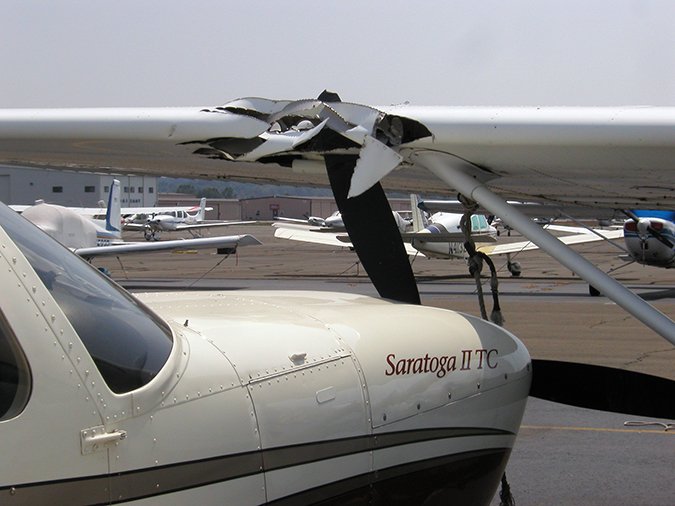
3. Taxiing
I’m constantly amazed at the number and kind of taxiing accidents that occur each year. A lot of it, I think, comes from the vast majority of the time we spend in automobiles when compared to airplanes. We grow accustomed to guiding a piston-powered vehicle on the surface, following lines painted on the pavement. But when we’re in an airplane, I think we often forget we’re steering an ungainly, unstable machine with whirling propellers and inadequate brakes.
We’ve tackled taxiing accidents elsewhere in these pages, including discussions of how too much power and overuse of an airplane’s brakes can cause wheel fires and loss of control on the ground, plus the right and wrong ways to go about hand-propping and maneuvering on tight ramps, especially at night when objects can remain hidden and human vision is degraded. Two additional thoughts.
One is that, if we’re doing it right, we’re usually pointed downwind when taxiing to the active runway for takeoff. Depending on the wind, we can end up with a healthy push from the rear, accelerating us to speeds much higher than we might otherwise use to taxi and requiring heavy braking at the end. It’s always best to use the minimum power setting that keeps us rolling and under control, even if it might take a bit longer to get to the run-up pad.
The other is that taxiing isn’t always the best choice. Towing the airplane to a better location before starting engines—to minimize the amount of stuff that gets blown around the ramp or the damage to airplanes parked behind us—can be an excellent choice. If you think your airplane is too close to others—or vice versa—take the steps appropriate to resolve the potential conflict. The airplane you save may be your own.
4. Carburetor Heat
Each year, a lot of engines fail or suffer partial loss of power for what are basically unknown reasons. Invariably, post-accident/incident tests cannot find anything wrong with the engine, which proves capable of making its rated power. Lacking evidence for the power interruption, the event is ascribed to “unknown reasons.” I would suggest many of these events result from failure to apply carb heat, or failure of the carb heat system itself.
One way to prevent carb ice-related accidents is to fly engines with fuel injection systems. There being no free lunch, however, those systems create their own challenges, including hot-start difficulties. And some airplanes are more susceptible to carburetor icing than others. But just because the tachometer is in the green arc, that doesn’t mean you can’t apply carb heat anyway.
Any time there’s humid air being cooled in the carb’s venturi, the potential for icing exists. We’d even go so far as to say visible moisture—clouds, fog, rain/drizzle, or just a humid summertime over most of the U.S.—is grounds to both suspect and prevent carb icing as a normal operating practice.
Remember that there’s really nothing improper, unsafe or non-fattening about regularly using carb heat while airborne, especially in cruise. The warmer air may slightly reduce engine performance—and you should adjust the mixture control accordingly—but we’ve always been spring-loaded to suspect carb ice at the first abnormal indication. Apply it fully and leave it on until the indication is resolved, then apply partial heat. Trial and error is one way to find the right mix of heat and power, but the gold standard is a carburetor air temperature gauge, which can advise the extent to which, if any, carb ice is likely.
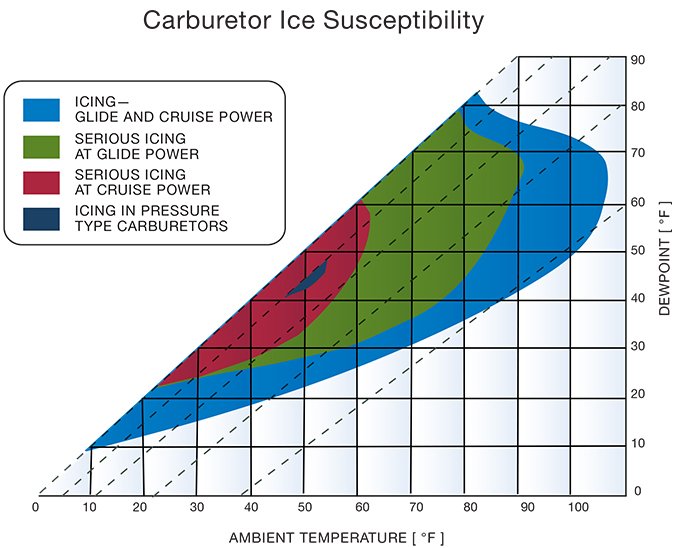
5. Mid-Air Collisions
As we discussed last month, mid-air collisions are relatively uncommon. There were six during 2013, half of which were fatal, according to the AOPA ASI. The steps we can take to avoid them include a mix of actions and technology.
Our first considered action is to look out the window, especially in the vicinity of an airport, where most mid-airs occur. That shouldn’t be surprising mitigation since that’s where the airplanes are, to paraphrase Willie Sutton. The good news is airplanes near an airport usually act predictably: They maneuver to enter the traffic pattern for the active runway and you know where to look for them. Apply sound operating practices, like self-announcing your position and intentions relative to the airport or runway in use (and not in relation to the approach chart in your lap, which it’s likely the student in the 150 on downwind doesn’t have).
Keeping your focus outside the airplane as much as possible also is key to avoiding mid-airs. That’s sometimes hard to do when configuring the airplane for landing or dealing with talkative passengers, but it’s imperative. Ask your passengers to save their questions for when you’re back on the ground or in cruise flight away from an airport.
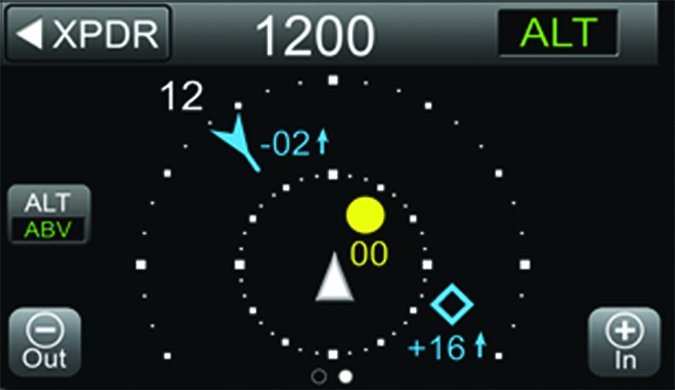
Technology has given us several tools to use in avoiding mid-airs, including approved equipment like TCAS I/II, supplemental gear like active traffic systems and even ADS-B In’s traffic information system-broadcast service, TIS-B, the tech you see on an iPad running popular electronic flight bag software. We should use it all.
Avoiding Other Accidents
The dangers associated with losing control are real, and are not to be minimized. But that’s not the only story out there when it comes to bending airplanes and injuring ourselves or loved ones. Think about how you can prevent these five common accident causes in your normal operations.
Jeb Burnside is this magazine’s editor-in-chief. He’s an airline transport pilot and owns a Beechcraft Debonair, plus half of an Aeronca 7CCM Champ.

